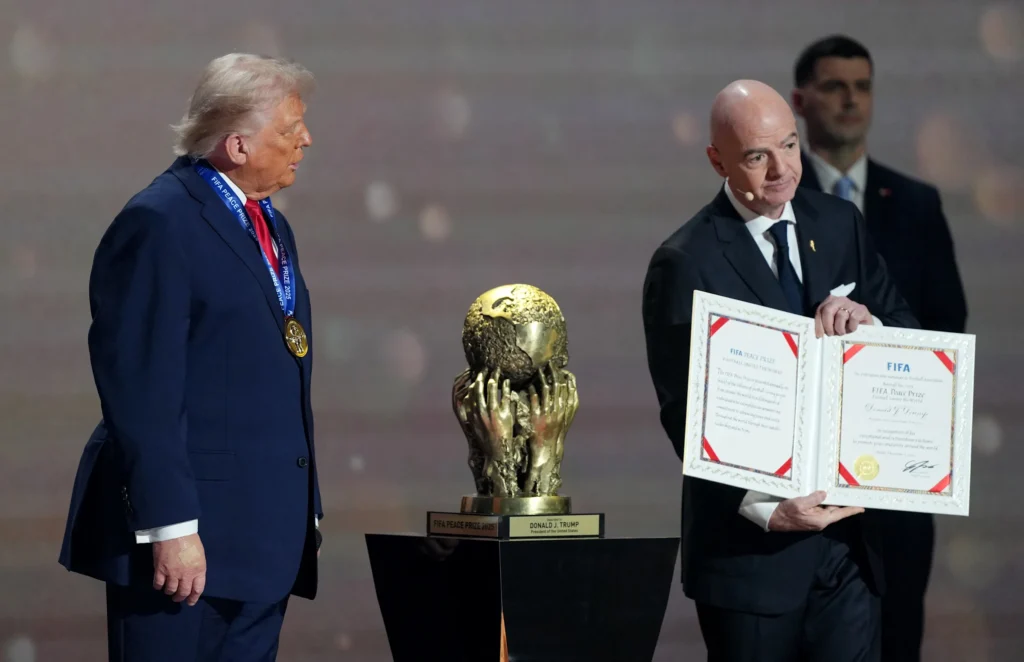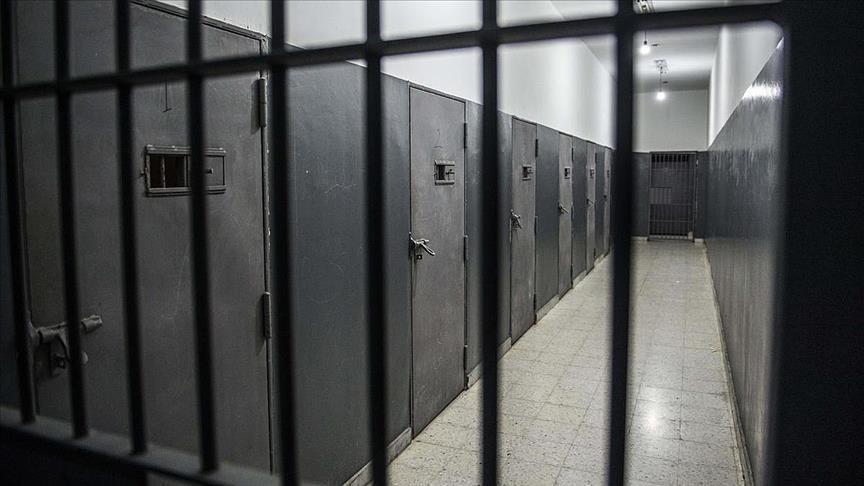
Iran’s nuclear program remains a source of international tension, with the country steadily enriching uranium to near weapons-grade levels.
This comes despite stalled discussions aimed at improving cooperation with the International Atomic Energy Agency (IAEA).
Two confidential reports by the IAEA released on Monday paint a concerning picture.
The first report reveals limited progress on a “Joint Statement” signed in March 2023, intended to enhance cooperation and IAEA monitoring in Iran.
Talks aimed at further progress were halted following the death of Iranian President Ebrahim Raisi last week.
The report also highlights unresolved issues from a years-long investigation into uranium particles found at undeclared Iranian sites.
Iran has yet to explain the presence of these traces, raising concerns about potential past nuclear activities.
Western powers, particularly France and Britain, are pushing for a new resolution at the upcoming IAEA Board of Governors meeting.
This resolution would likely call for Iran to fully cooperate with the investigation and halt its high-level uranium enrichment.
However, the United States has not yet voiced support for the resolution, and Iran typically responds to such measures by taking further steps in its nuclear program.
Enrichment Stockpile Grows Closer to Weapons-Grade
The second report details a worrying increase in Iran’s stockpile of uranium enriched to 60% purity.
This level is a significant step closer to the 90% enrichment needed for weapons-grade material.
As of May 11th, Iran’s stockpile of 60% enriched uranium stood at 142.1 kilograms.
While some was later diluted to lower enrichment levels, this amount theoretically provides enough material for several nuclear weapons if further enriched.
Western powers remain skeptical of Iran’s claim that its nuclear program is solely for peaceful purposes.
This ongoing enrichment activity, coupled with the lack of cooperation with the IAEA, continues to be a source of international concern.




